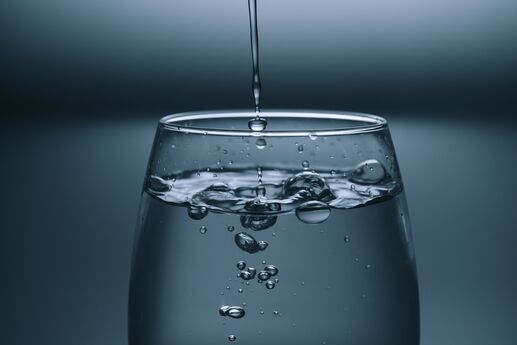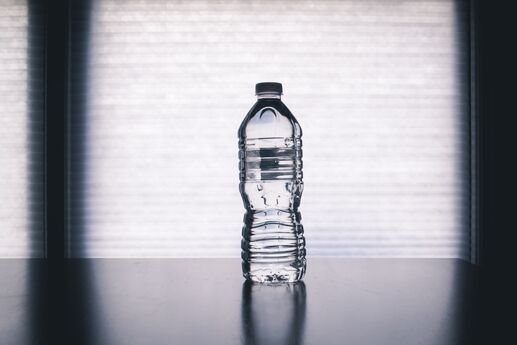The Importance of Home Tap Water Test Kits
Water is an essential resource that impacts our health and well-being. It is crucial to ensure that the water we consume at home is clean and safe. While municipal water treatment plants strive to provide safe drinking water, contaminants can still find their way into our tap water. This is where home tap water test kits come into play. In this blog post, we will explore the significance of these test kits and the wide array of contaminants they can help identify. Let's dive into the world of home tap water testing!
Why Test Your Tap Water?
Water quality can vary depending on factors such as geographical location, aging infrastructure, and potential sources of contamination. By testing your tap water, you gain valuable insights into its quality, allowing you to make informed decisions about purification methods or necessary precautions. Home tap water test kits empower homeowners with the ability to monitor the safety of their water supply regularly and take appropriate actions to protect their health and that of their loved ones.
Common Contaminants Tested: Home tap water test kits are designed to detect a wide range of contaminants that may be present in your water. These kits commonly test for:
-
Bacteria and Microorganisms: Tests for bacteria such as E. coli and coliforms are crucial to determine the presence of harmful pathogens.
-
Heavy Metals: Lead, mercury, arsenic, and other heavy metals can leach into water sources and pose serious health risks. Testing for these contaminants is vital, especially in older homes with plumbing systems that may contain lead pipes.
-
Chemicals: Pesticides, herbicides, chlorine, and volatile organic compounds (VOCs) can find their way into tap water. These substances may have adverse effects on human health if consumed over time.
-
pH Levels: Testing for pH levels helps determine whether your water is too acidic or alkaline. Extreme pH levels can affect the taste, corrosion of plumbing, and effectiveness of water treatment methods.
Choosing the Right Test Kit: When selecting a home tap water test kit, consider the contaminants you wish to test for, ease of use, and the kit's accuracy. Some kits offer comprehensive testing, while others focus on specific contaminants. It's essential to read customer reviews and select a reputable brand that meets your specific requirements.
Conclusion: Home tap water test kits provide a convenient and cost-effective way to assess the quality of your drinking water. By detecting contaminants like bacteria, heavy metals, chemicals, and monitoring pH levels, you can take appropriate actions to ensure the safety of your household's water supply. Prioritizing regular testing empowers you to make informed decisions and safeguard your health.
Photo by KOBU Agency on Unsplash





